- Write by:
-
Thursday, September 8, 2022 - 21:17:59
-
708 Visit
-
Print
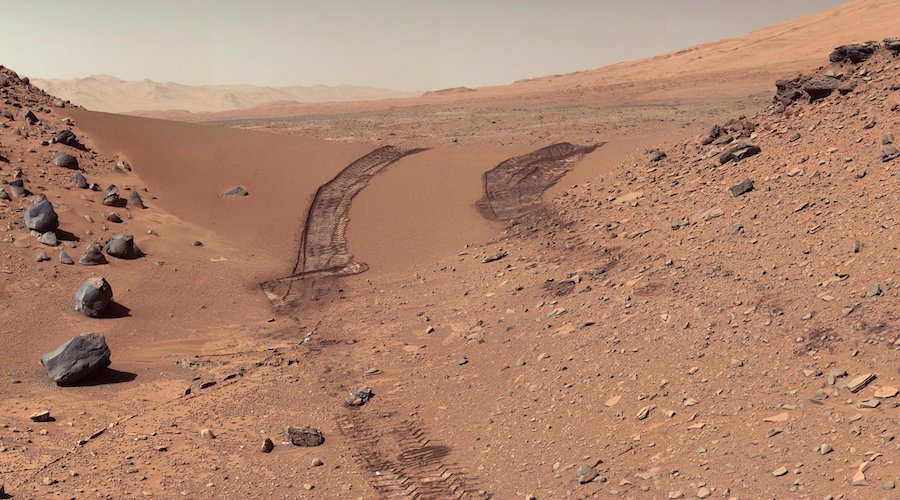
Mining News Pro - Researchers at Washington State University report that a small amount of simulated crushed Martian rock mixed with a titanium alloy made a robust and high-performance material in a 3D-printing process that could one day be used on the red planet to make tools or rocket parts.
In a paper published in the International Journal of Applied Ceramic Technology, the scientists explain that the parts were made with as little as 5% up to 100% Martian regolith, a black powdery substance meant to mimic the rocky, inorganic material found on the surface of Mars.
While the parts with 5% Martian regolith were strong, the 100% regolith parts proved brittle and cracked easily. Still, the researchers believe that even high-Martian content materials would be useful in making coatings to protect equipment from rust or radiation damage.
“In space, 3D printing is something that has to happen if we want to think of a manned mission because we really cannot carry everything from here,” Amit Bandyopadhyay, corresponding author of the study, said in a media statement. “And if we forgot something, we cannot come back to get it.”
Bringing materials into space can be extremely expensive. The authors noted it costs about $54,000 for the NASA space shuttle to put just one kilogram of payload into earth’s orbit.
Bandyopadhyay first demonstrated the feasibility of the idea of producing materials in space or on celestial bodies in 2011 when his team used 3D printing to manufacture parts from lunar regolith, simulated crushed moon rock, for NASA. Since then, space agencies have embraced the technology, and International Space Station has its own 3D printers to manufacture needed materials on site and for experiments.
For this study, the WSU researcher, together with graduate students Ali Afrouzian and Kellen Traxel used a powder-based 3D printer to mix the simulated Martian rock dust with a titanium alloy, a metal often used in space exploration for its strength and heat-resistant properties.
As part of the process, a high-powered laser heated the materials to over 2,000 degrees Celsius. Then, the melted mix of Martian regolith-ceramic and metal material flowed onto a moving platform that allowed the researchers to create different sizes and shapes. After the material cooled down, the researchers tested it for strength and durability.
The ceramic material made from 100% Martian rock dust cracked as it cooled, but it could still make good coatings for radiation shields as cracks do not matter in that context. On the other hand, just a little Martian dust, the mixture with 5% regolith, not only did not crack or bubble but also exhibited better properties than the titanium alloy alone, which meant it could be used to make lighter-weight pieces that could still bear heavy loads.
“It gives you a better, higher strength and hardness material, so that can perform significantly better in some applications,” Bandyopadhyay said.
In the scientist’s view, this study is just a start and future research may yield better composites using different metals or 3D-printing techniques.
“This establishes that it is possible, and maybe we should think in this direction because it’s not just making plastic parts which are weak but metal-ceramic composite parts which are strong and can be used for any kind of structural parts,” he said.
Short Link:
https://www.miningnews.ir/En/News/622136
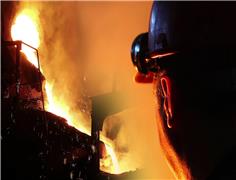
Base metals declined after the Federal Reserve pushed back on interest-rate cut expectations and as investors weighed ...

Mining News Pro - Australia expanded its list of critical minerals deemed crucial to its energy transition and national ...
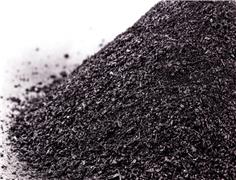
Mining News Pro - China exported small amounts of two minerals crucial to high-tech manufacturing in October, marking a ...
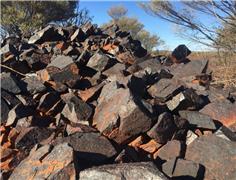
Mining News Pro - Townsville is set to become home to Australia’s first critical minerals processing centre, the ...

Mining News Pro - Mexico’s President Andrés Manuel López Obrador exhorted Vulcan Materials’ subsidiary, Calica, to ...
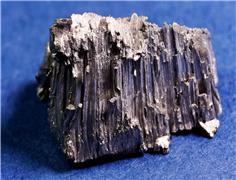
Mining News Pro - China’s exports of germanium and gallium products in August plunged, customs data showed on Wednesday, ...

Mining News Pro - The Pentagon plans to issue a first-time contract to US or Canadian companies by year-end to recover ...

Mining News Pro - When China’s Vital Materials Co. bought up a $600 million stockpile of obscure critical minerals in ...
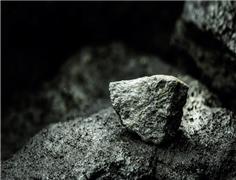
Mining News Pro - Major miner Rio Tinto will invest $40.4 million in Sovereign Metals to advance the Kasiya ...
No comments have been posted yet ...